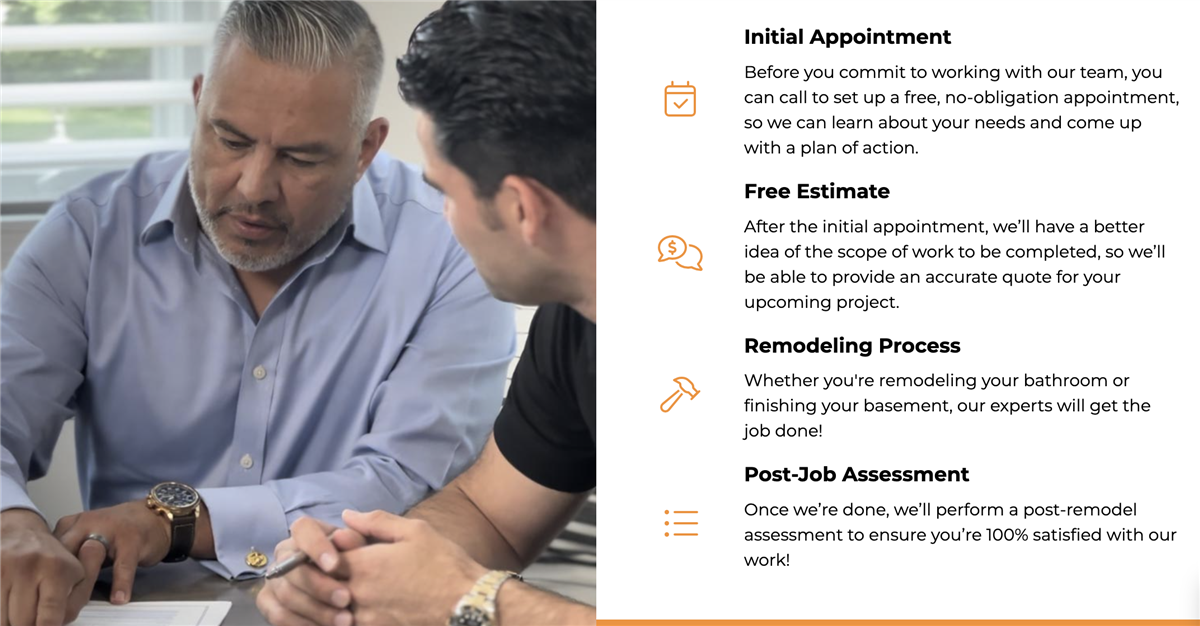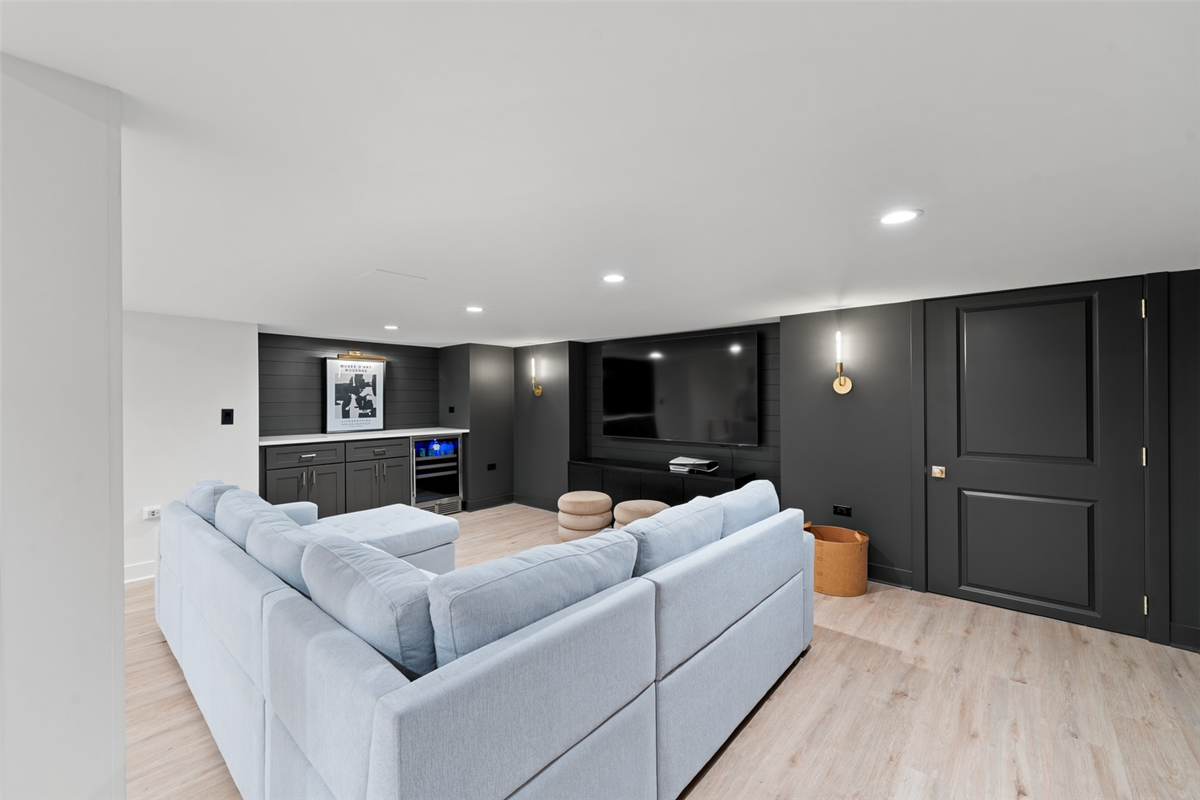Look around and you'll quickly see there are numerous basement finishing systems available. These systems not only create a beautiful place for you to spend time with the family, but they can also help to lock out drafts, dampness, and less than desirable conditions. Numerous manufacturers offer these systems. Each one is a bit different from the next, but all promise to be the best. Which one should you use? Before making that decision, take a look at some of the frontrunners in these systems.
Owens Corning Basement Finishing System
One of the most common options is the Owens Corning Basement Finishing System. It is heavily marketed and one of the oldest systems around. However, is it right for you? This system uses a durable, insulated fiberboard across all components of the space. This is installed over your existing walls. This particular system works to lock out moisture completely. Overall, this system creates a warm, moisture-free space as long as it is professionally installed.
Total Basement Finishing System
Another option is the Total Basement Finishing System. This company offers a variety of product options, something that more picky buyers are going to be interested in purchasing. With various styles available, you'll be able to pick that style that works for you. It takes just a few days to get a completely finished basement, with backed insulation to keep it warm.
Key Features to Look For
There are many other companies offering similar systems. Before you purchase any of these, though, you'll want to compare them based on the features they offer. Here are some specific areas of concern to look at when choosing a basement finishing system.
· Insulation in the material or the walls. This is critically important because it resolves the biggest problem that most basements have - a lack of moisture. Look for systems that are more than just drywall (since drywall provides no insulation qualities.)
· Flooring. Flooring tends to be an optional component to some basement finishing systems. In short, if you need the walls protected with this type of system, it is likely you also need the flooring protected. However, you don't want to assume that the system will include the floor (since most do not as an initial, basic component of the package.)
· Ceiling concerns. Most systems use a suspended ceiling. This works well, as long as the interior of that space is just as well protected from moisture and the cold. Determine how the ceiling will work with the system.
Aside from these factors, consider the actual level of moisture protection included. You'll also want to look at guarantees that may or may not be available. Ultimately, you want a system that's professionally manufactured. You don't want to purchase a system that's not customized to fit your home either. While you invest in a quality system, realize that you are adding value and warmth to your home. And, ultimately, a well-made investment here will create years of outstanding comfort in the home.
Subscribe to Matrix Home Solutions's Blog





Comments